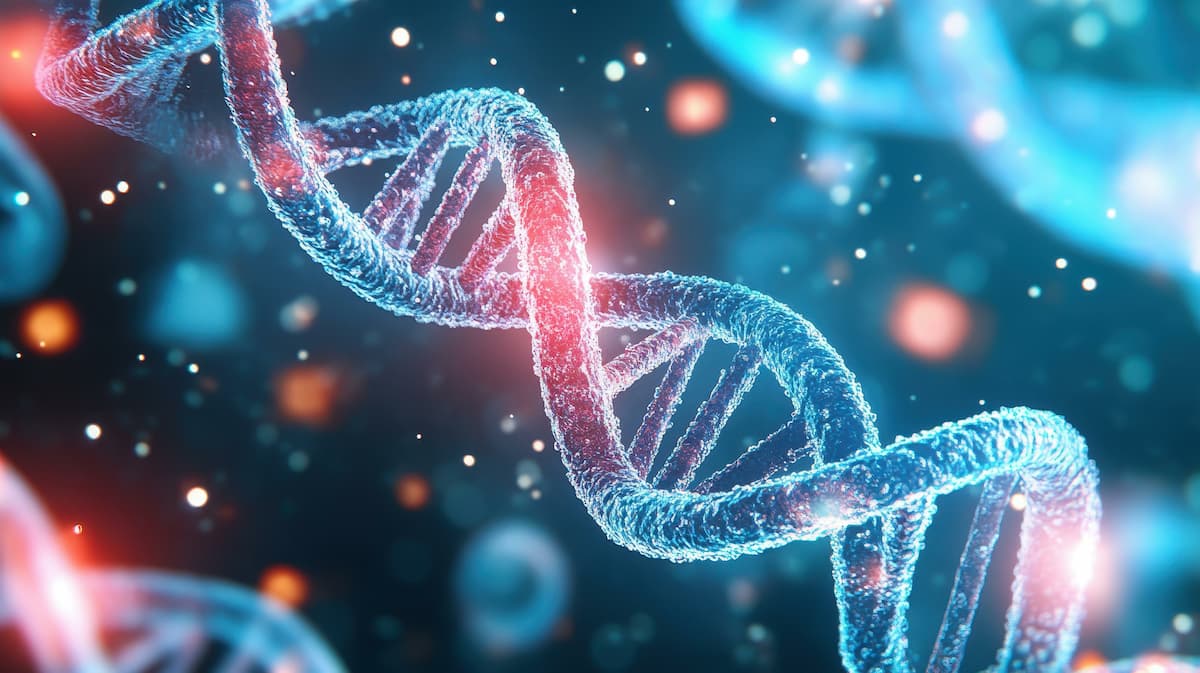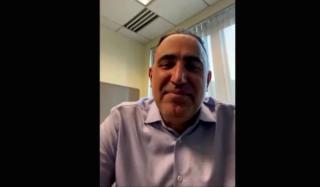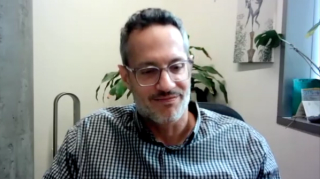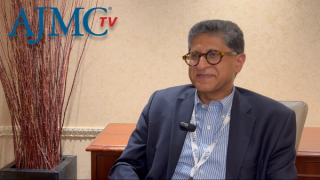
Acute Lymphoblastic Leukemia/Acute Myeloid Leukemia
Latest News
Latest Videos

CME Content
More News
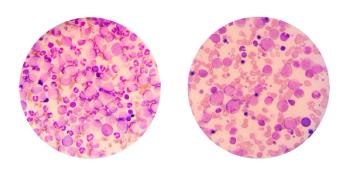
The case study, which showed prolonged disease control achieved with gilteritinib in a previously-treated patient with AML with an inv(2)(p23q13) translocation, indicates that gilteritinib can also be used as an anaplastic lymphoma kinase (ALK) inhibitor.

The study showed that having pre-existing leukopenia and more favorable performance status was associated with a higher risk of rash.
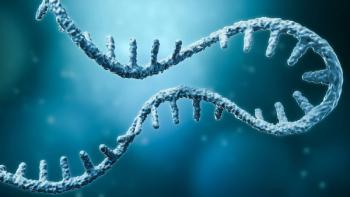
Investigators say adding RNA interference (RNAi) therapy to current treatment modalities may improve outcomes in patients with acute myeloid leukemia (AML) with internal tandem duplication in the fms-like tyrosine kinase 3 (FLT3) gene.
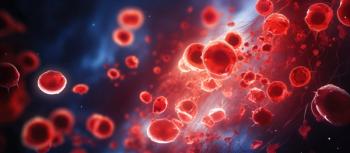
Researchers investigate the expression of PARP1 in leukemias with BCR::ABL1 p190+ translocation, finding differential expression in ALL, AML, and CML but no significant correlation with clinical parameters.

A new study aims to investigate the feasibility and impact of multidisciplinary prehabilitation in adults with acute myeloid leukemia (AML) or myelodysplastic syndrome (MDS) offered an allogenic hematopoietic stem cell transplantation.

Coverage from the Institute for Value-Based Medicine session at Ohio State University. This article will appear in the October issue of Evidence-Based Oncology.
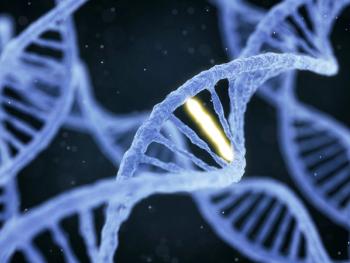
The researchers suggest certain refinements to the 2022 European LeukemiaNet classification model for patients aged 60 years or older receiving lower intensity treatment (LIT), including the adoption of a mutation score that accounts for certain gene mutations.

Donor lymphocyte infusion, both alone and in combination with azacitidine, restored CD34 levels in two-thirds of patients with a baseline CD34 donor chimerism of less than 80%.

Researchers have discovered 2 leukemia stem cell subtypes with distinct epigenetic and transcriptional signatures.

By analyzing the surface proteome of a wide-ranging sample of acute myeloid leukemia (AML) specimens, researchers identified potential antigens and primitive cell markers representative of AML supgroups.
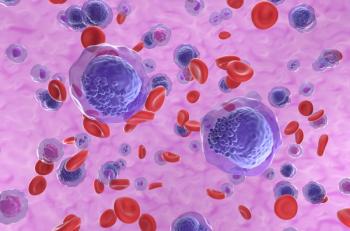
Recent years have brought a more targeted approach to treating acute myeloid leukemia (AML) based on accumulating knowledge about the genetic makeup of the heterogenous disease.

Maria Amaya, MD, PhD, University of Colorado School of Medicine, explores discrepancies between real-world data and clinical trial outcomes, as well as her experience ensuring the reliability of real-world analysis.
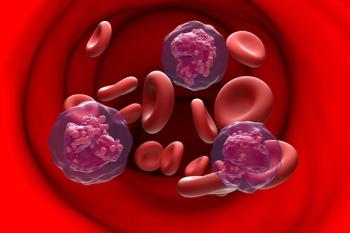
A case report suggests vigilance is required even when cancers like acute lymphoblastic leukemia appear to go into remission without explanation.

Adding blinatumomab to consolidation chemotherapy for B-cell precursor acute lymphoblastic leukemia (BCP-ALL) in patients without measurable residual disease (MRD) led to improvements in overall and relapse-free survival.

A new study suggests inhibiting ActivinA might improve the efficacy of chemotherapy in patients with B-cell acute lymphoblastic leukemia (B-ALL).

When the mercury outside ascends too high early in pregnancy, the risk of pediatric acute lymphoblastic leukemia may rise as well; results also show greater impacts on Latino populations.

This new study evaluates the efficacy of monotherapies and venetoclax combination therapies in different T-cell acute lymphoblastic leukemia (ALL) cell lines.

Liposomal daunorubicin and cytarabine (CPX-351) was effective in relapsed acute myeloid leukemia, but long-term follow-up is needed to determine the extent of the agent's cardiotoxicity.

The researchers noted that most genomic analyses have traditionally focused on commonly mutated genes, which can pinpoint mutations occurring most frequently but does not account for the extent to which these mutations impact cancer cell survival and proliferation.

Quality of life was also a top concern among patients when asked about their priorities if they experienced relapse or were refractory to therapy.

Researchers review the latest developments, challenges, and ongoing research in posttransplant maintenance for acute myeloid leukemia (AML).

People receiving hypomethylating agent (HMA) therapy spent 33 more days at home than people receiving anthracycline-based therapy in the first year after diagnosis.

Data from this new study suggest that tailoring induction therapy for acute myeloid leukemia (AML) based on cytarabine pharmacogenomic 10–single-nucleotide variant score could better treatment for these young patients, particularly those who are Black.

Phase 1 trial results indicate that combining inotuzumab ozogamicin with dose-adjusted EPOCH chemotherapy could offer a safe, well-tolerated, and effective treatment option for patients with relapsed or refractory CD22+ B-cell acute lymphoblastic leukemia or lymphoma (R/R B-ALL).

The treatment showed effectiveness in achieving local control of acute myeloid leukemia (AML) that developed in the eyes of a pediatric patient.

